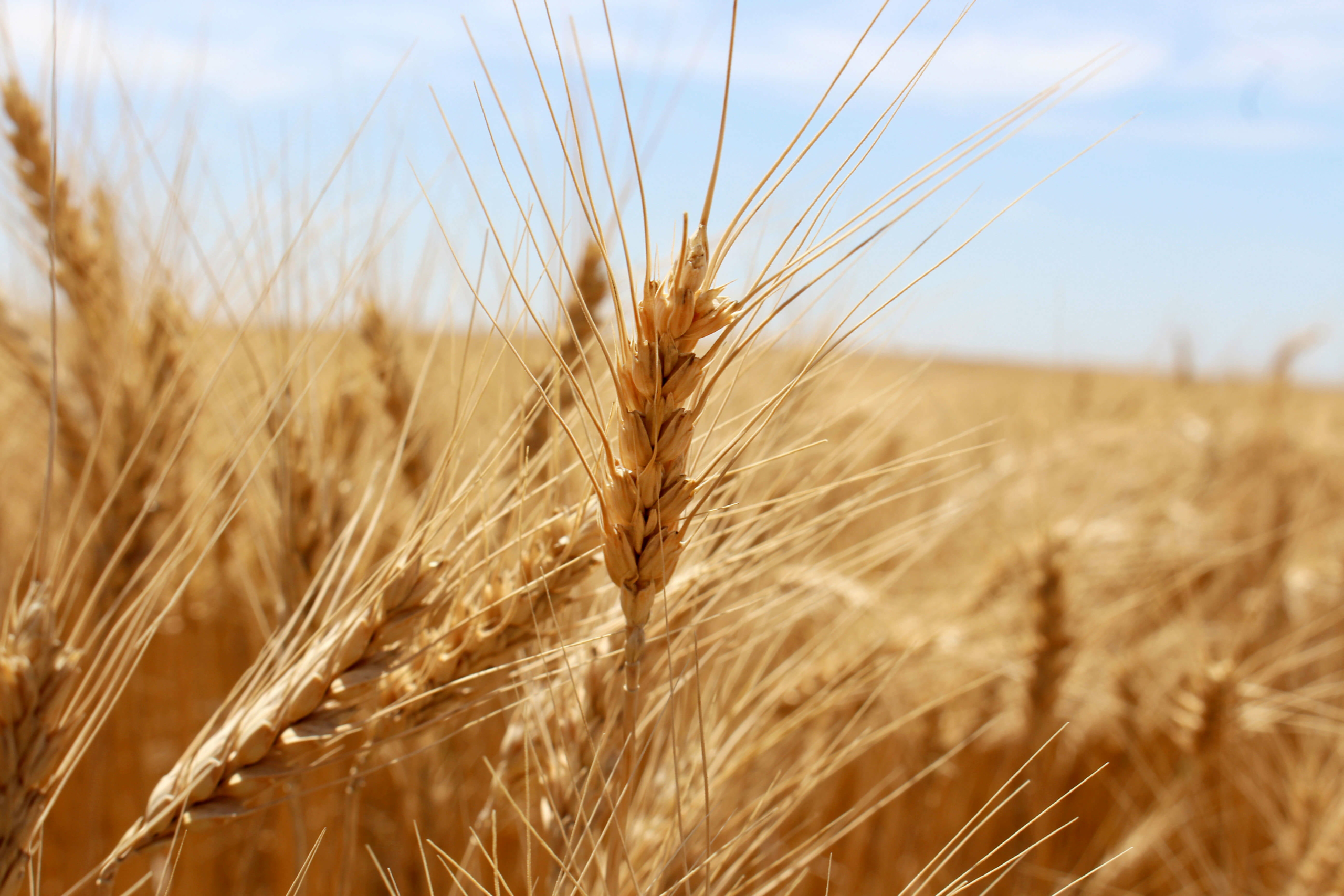By Stephanie Bryant-Erdmann, USW Market Analyst
The end of March heralds not only the beginning of spring — a crucial time for both winter and spring wheat production — but also the first round of winter wheat condition reports.
Black Sea — Snow across Russia and Ukraine is providing much needed protection from the recent cold snap in the region, but is delaying spring planting, according to Ukrainian consultancy UkrAgroConsult and the Russian Meteorological Service. As of Feb. 26, the Russian Meteorological Service reported 95 percent of Russian winter grains were rated in fair to good condition, unchanged from the last crop condition report on Nov. 30, 2017. UkrAgroConsult rated 49 percent of Ukrainian winter wheat in good to excellent condition, compared to 40 percent the year prior. Stratégie Grains forecast 2018/19 Russian wheat production at 77.0 million metric tons (MMT), down sharply from 2017/18 due to an anticipated return to trendline yields and smaller planted area. Ukrainian 2018/19 wheat production is estimated at 26.5 MMT, compared to 26.1 MMT in 2017/18.
European Union (EU) — According to the March EU crop monitoring service (MARS) report, EU winter conditions were adequate for winter wheat development despite unusual temperature fluctuations. Temperatures in December, January and the first half of February were generally 1°C to 6°C warmer than normal across Europe before plunging the last half of February to as low as -15°C and -20°C across Poland, Denmark and Sweden. Precipitation in excess of 20 cm (8 inches) in France, the EU’s top wheat producing country, flooded some fields. On March 16, FranceAgriMer rated 80 percent of French common wheat as good to excellent, compared to 81 percent the week prior and 92 percent last year. Stratégie Grains expects 2018/19 EU wheat production to total 141 MMT, down an estimated 900,000 metric tons (MT) from 2017/18 due to expected increases in winterkill and smaller planted area in France and Germany.
India — Wheat harvest is currently underway in India, the world’s second largest wheat producing country behind China. While crop condition ratings there are not available, Stratégie Grains anticipates 2018/19 Indian wheat production will fall to 91.4 MMT, down 7 percent year over year due to a 5 percent reduction in planted area and unfavorable weather and disease pressure.
United States — On March 19, USDA released weekly crop progress reports for top hard red winter (HRW) producing states of Kansas, Oklahoma and Texas that showed continued deterioration of topsoil and subsoil moisture and winter wheat crop conditions in Kansas and Texas, but an improvement in Oklahoma. USDA rated 55 percent of Kansas, 66 percent of Oklahoma, and 60 percent of Texas winter wheat in poor or very poor condition, compared to ratings of 53 percent, 72 percent and 53 percent, respectively, the week prior. USDA will resume weekly U.S. crop progress reports on April 4.
Subsoil moisture in Kansas was rated 71 percent short or very short, 28 percent adequate and 1 percent surplus, while 68 percent of Oklahoma and 63 percent of Texas subsoil moisture was rated short or very short. USDA’s evaluation took place before this week’s rain event, so its effects will appear on next week’s report. However, additional precipitation will be needed to make up the shortfall. According U.S. National Oceanic and Atmospheric Administration (NOAA) data, accumulated precipitation across the majority of the HRW-growing area in Kansas, Oklahoma and Texas is 3 to 6 inches (8 to 15 cm) below normal.
We are months away from knowing what the 2018/19 world wheat crop will look like and, as always, the weather will have the final say on yields and production. Buyers can be sure the U.S. wheat store will continue to supply high-quality wheat, regardless of what happens in 2018/19.





